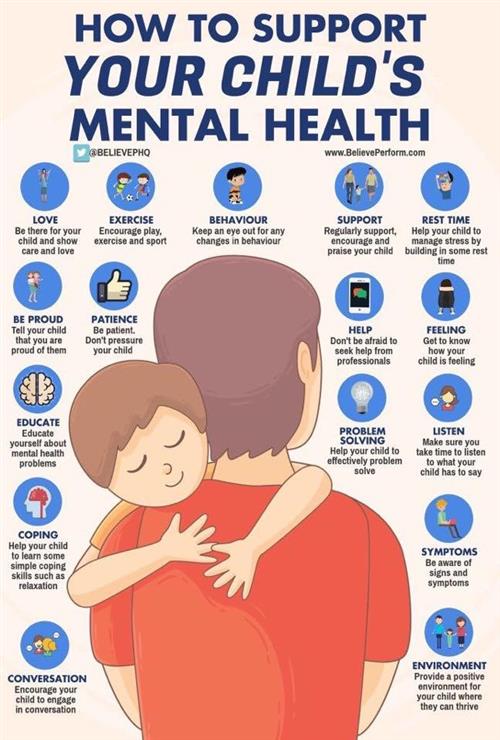As parents, we want to do right by our kids, especially when they’re struggling. Whether it’s anxiety, anger, friendship issues, or a big life change like divorce. More families than ever are turning to child therapy for support.
But here’s the truth, many parents don’t talk about therapy for kids as a tool, not a lifetime plan. It’s meant to guide, not to label.
So, if you’ve ever wondered, “Is therapy right for my child?” or “Will this become permanent?”, you’re not alone. Let’s walk through what therapy can offer, what to look out for, and how to know when it’s time to step back.
The Rise of Child Therapy and Why It’s Not a Bad Thing
The world today is heavier for kids than it used to be and as an 80’s baby, I couldn’t agree more.
Between academic pressure, social media, family changes, and just trying to figure out who they are, therapy can give children a safe space to untangle their emotions and learn tools for coping.
According to the CDC, nearly 1 in 5 children experience a mental or emotional challenge at some point in their life and therapy has been shown to help kids improve communication, self-regulation, and confidence.
But therapy isn’t just for crises. For many kids, it’s a short-term support system that helps them build lifelong emotional skills.
The Pros of Putting Your Child in Therapy
1. A Safe, Neutral Space to Talk
Sometimes kids don’t want to talk to mom or dad. Not because they don’t trust us, but because they fear disappointing us. A therapist can give them a neutral, judgment-free place to express big feelings they might not have words for yet.

2. Early Emotional Skill-Building
Therapy can teach kids to recognize emotions, set boundaries, and problem-solve. Things most of us didn’t learn until adulthood. Early exposure to these tools can prevent larger struggles later in life.
3. Support During Family Transitions
Divorce, moving, new siblings and grief. These all shake a child’s sense of stability. Therapy helps them process those transitions in a healthy, guided way.
4. Improved Communication at Home
When kids learn to name their emotions (I feel frustrated” instead of melting down), family relationships improve. Parents often benefit; too many therapists share techniques that help us respond instead of reacting.
5. Prevention Over Intervention
Short-term therapy can act as emotional “preventive care.” Just like checkups for physical health, it can keep emotional patterns from becoming deep-rooted problems later.
The Cons (or Things to Watch For)
1. Over-Pathologizing Normal Behavior
Kids are still learning emotional regulation. Not every tantrum, outburst, or shy phase means something is “wrong.” Overusing therapy at too young an age can accidentally teach kids that every big feeling needs professional fixing instead of family guidance. Something I am personally struggling with my co-parent on.
2. Therapist Fit Matters. A Lot
An ineffective match can do more harm than good. If your child isn’t connecting or feels misunderstood, therapy may feel forced. Always ask for feedback from both your child and the therapist.
3. Dependency Over Independence
If therapy becomes indefinite, some kids start to rely on the therapist to make sense of everything. The goal should be to equip kids with tools they can use on their own, not to create lifelong dependence.
4. Financial and Time Investment
Regular sessions can be costly and time-consuming. For single parents or busy families, this can add stress instead of relief if not well-planned. Agreed.
When Therapy Is a Good Idea
Consider therapy when your child:
- Has prolonged changes in mood or sleep
- Avoids activities they used to love
- Struggles to manage emotions for more than a few weeks
- Has gone through major change or trauma
- Expresses frequent self-doubt, worry, or sadness
Even then, therapy doesn’t have to be long-term. Think of it as emotional coaching. Your child builds skills, then gets back on the field of life.
Why Therapy Shouldn’t Always Be Permanent
For most elementary-aged kids, therapy is most effective when it’s targeted and temporary.
The goal is to give them tools, language, and perspective, not to stay in therapy forever.
If the therapist and parent are aligned, therapy naturally phases out as the child gains confidence.
A good therapist will even say, “Let’s scale back the sessions, they’re ready to use what they’ve learned.”
That’s the sweet spot. Therapy isn’t failure, it’s foundation.
How to Make Therapy Work for Your Family
- Be involved. Ask for progress updates and ways to support skills at home
- Normalize therapy. Frame it as learning, not fixing: “We’re working on new tools to handle feelings”
- Reassess every few months. Check if your child’s needs are changing
- Know when to graduate. If your child is thriving, it’s okay to stop because that’s a win
Final Thoughts: Therapy as a Season, not a Sentence
Putting your child in therapy doesn’t mean something’s wrong with your parenting. It just means you’re proactive, loving, and aware. And like all training wheels, therapy should come off once the child finds their balance.
The goal isn’t to keep kids in therapy forever, it’s to help them learn emotional resilience so they can thrive without it.
Because when therapy is done right, the best outcome isn’t dependence. It’s confidence.





